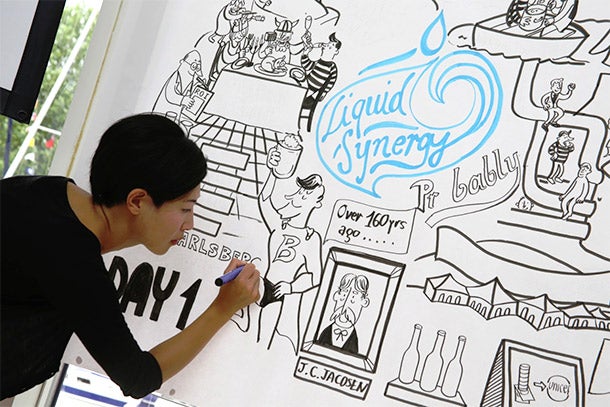
Friends of ours have a rule in their family about books and movies (films). They can not watch the movie unless they have read the book. One of the reasons for this is about imagination and creativity. When we read the book first, our mind creates the images and storyline in our head. When we see the movie first, our mind tries to fit the images from the movie into the words we read.
And almost always, we like the book better than the film. If we discuss with others why we like the book better, it often involves comments like ‘I didn’t not picture her/him or that scene that way.’ The portrayal in the film differed from the images in our heads.
This is why stories, doodles, diagrammes, sketches, models and so on are essential in our discussions about theories and frameworks. It is in the telling of the story or in the sharing the image in our head that engagement occurs. And our assumptions come alive.
We can create a nice policy, a lovely theory, a beautiful framework. However, almost always, the images of what this practically means are different in everyone’s mind. This is normal. This is healthy and good. And this should be expected.
Sometimes this is fine. However, if our goal is shared understanding, a shared story, we need to get the images out of our heads. On the collective table. And talk about them. And the great thing about doing this is we tease out assumptions people have made. We hear different interpretations and perspectives. And we hear stories of colleagues’ experiences.
When we do this well. When the sharing is encouraged and not closed off by saying “that’s wrong”. Then two things happen. Our application of the idea, the theory, policy, framework improves (or the framework itself improves). And two, how we communicate it improves because we have a richer understanding of it.
Interpreting a book into a film, an idea into an image or story is a courageous act. It is sharing an assertion you have with the world or your team. And people might disagree or have a different assertion. But here’s the thing, without assertions there are no discussions.
We need your assertions, your interpretations. We will be richer for them.

0 Comments